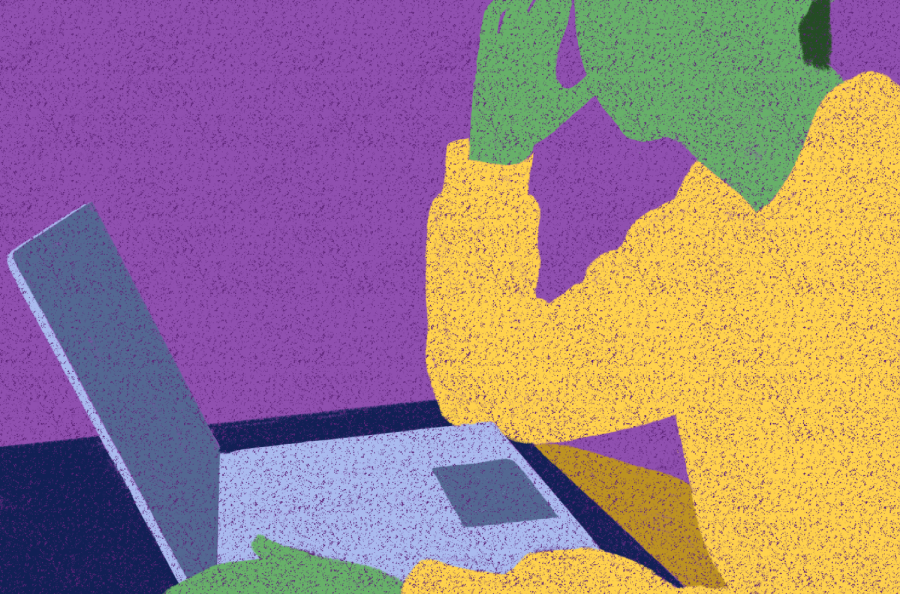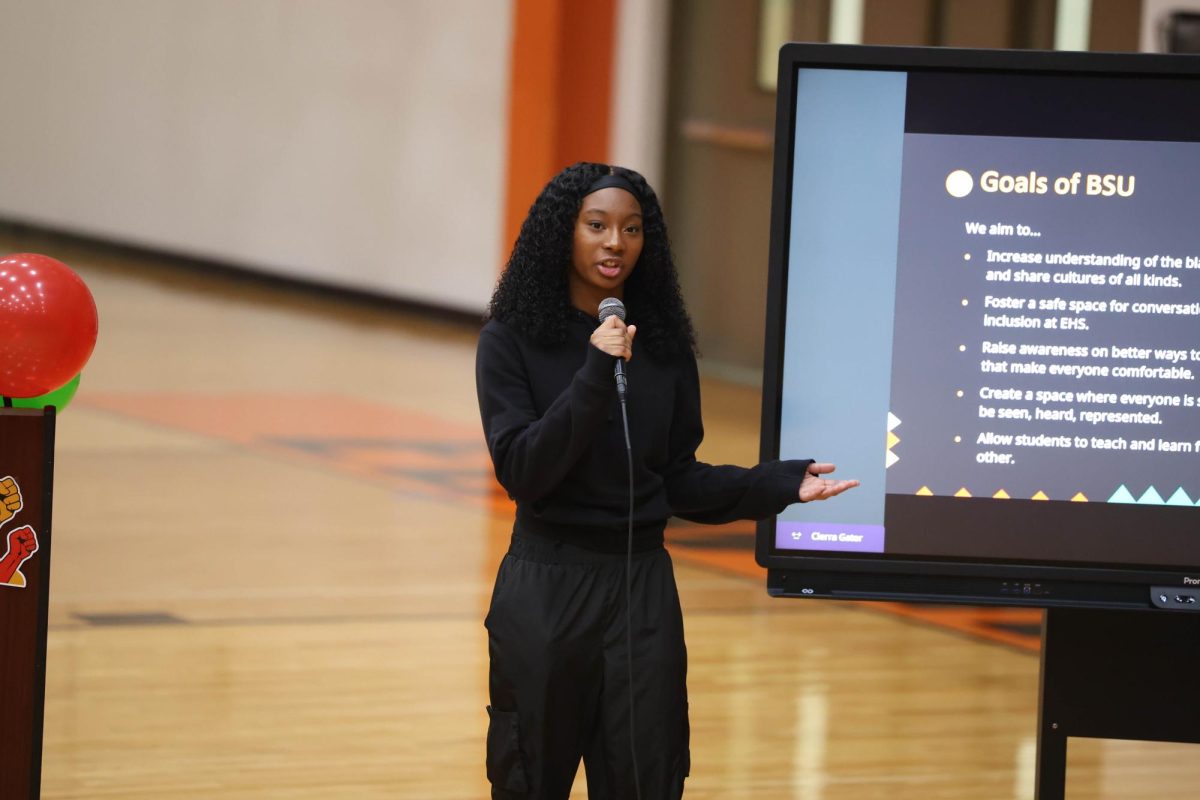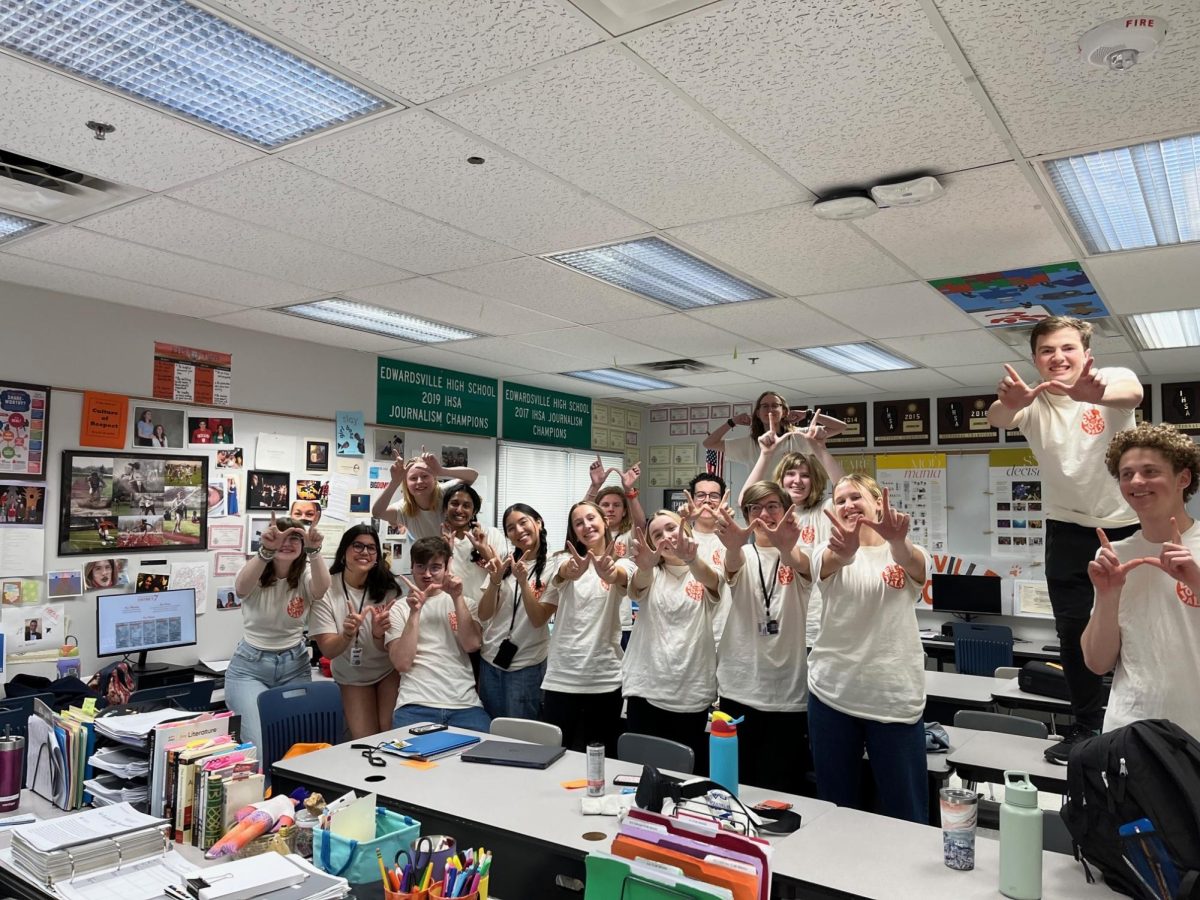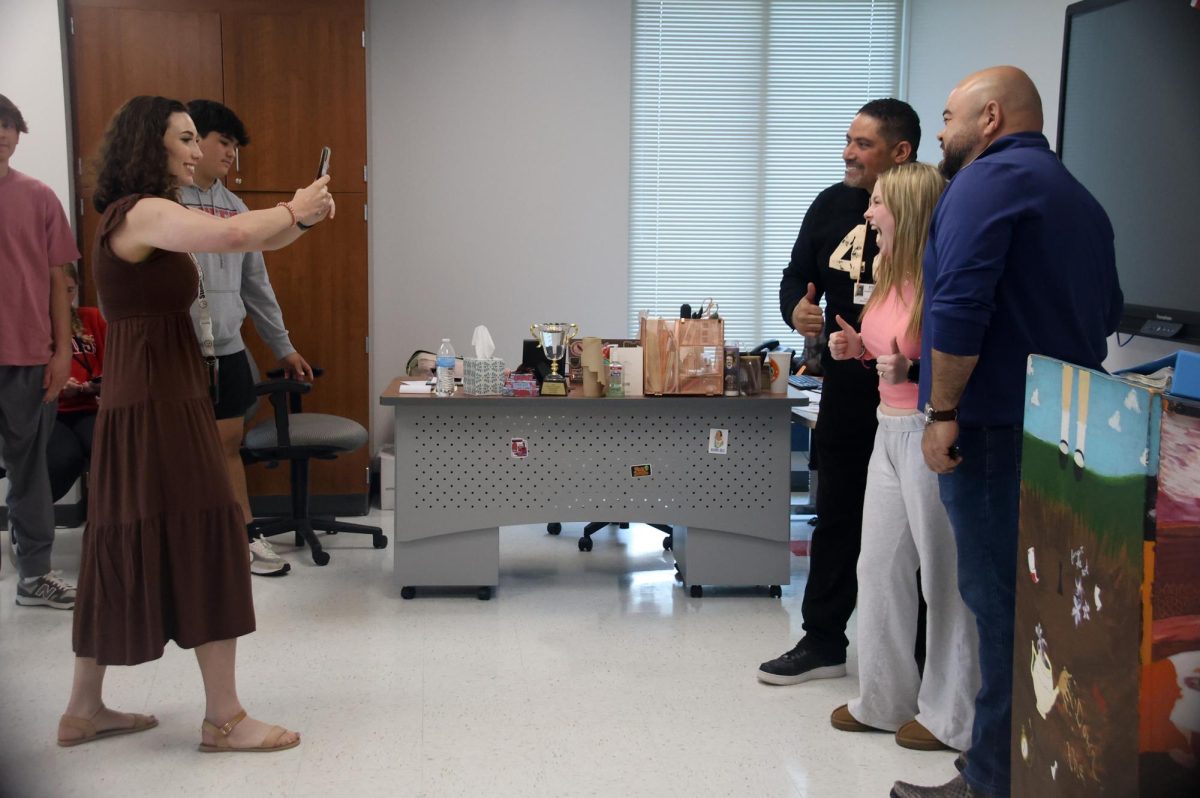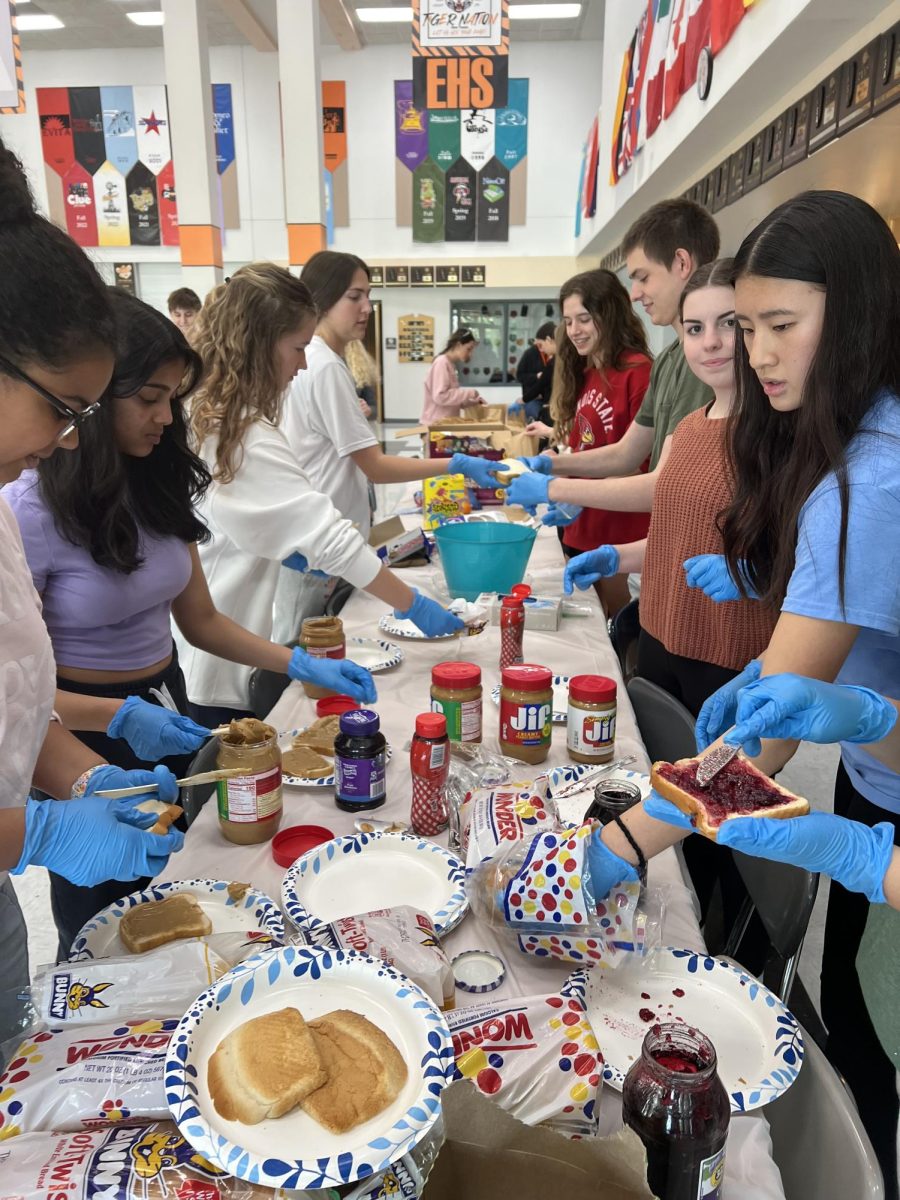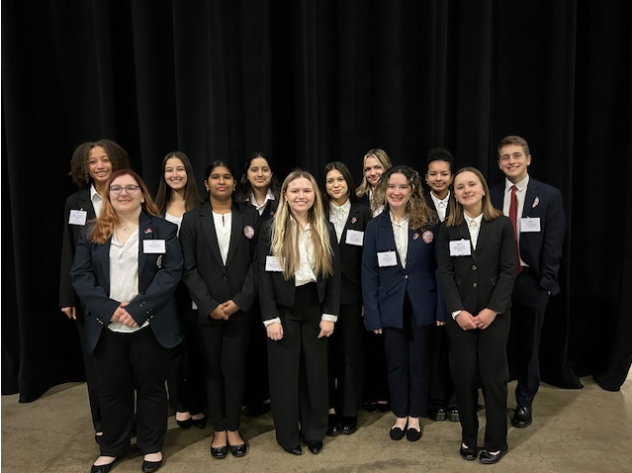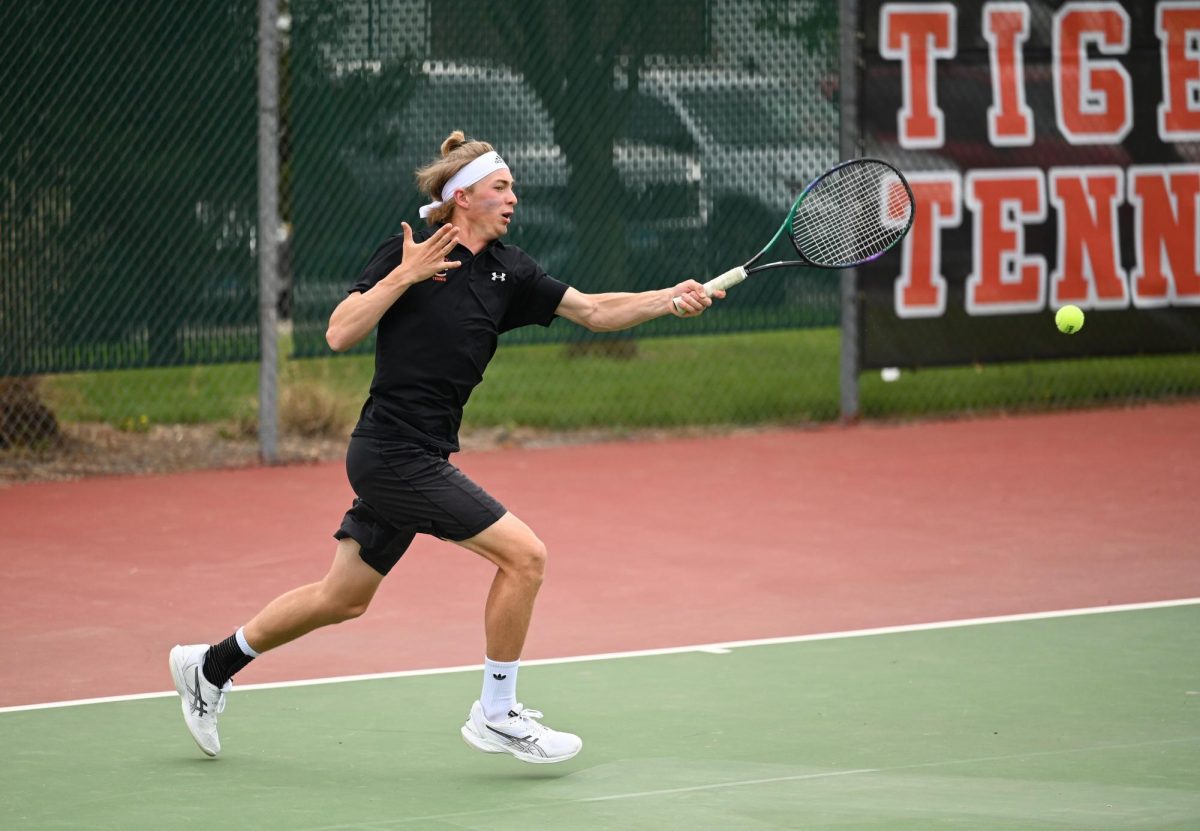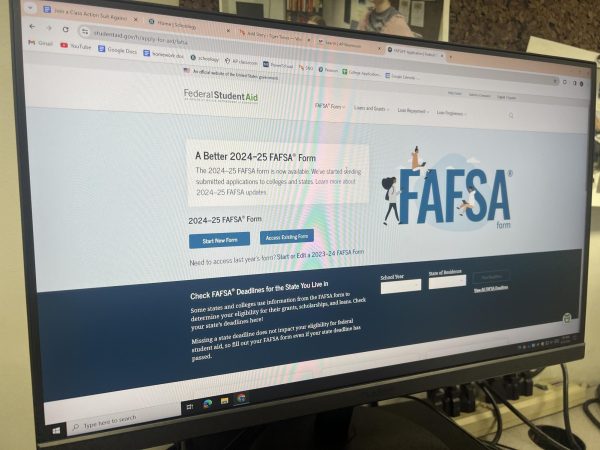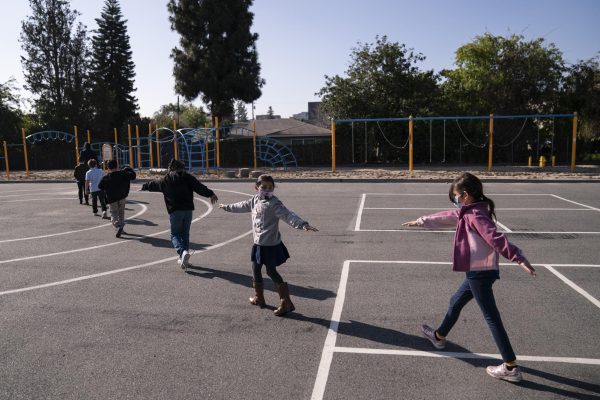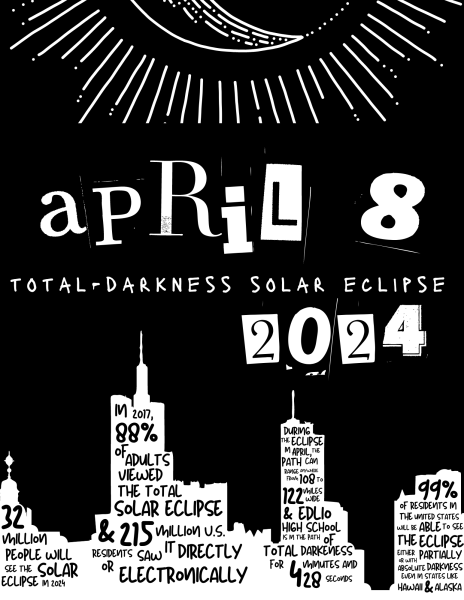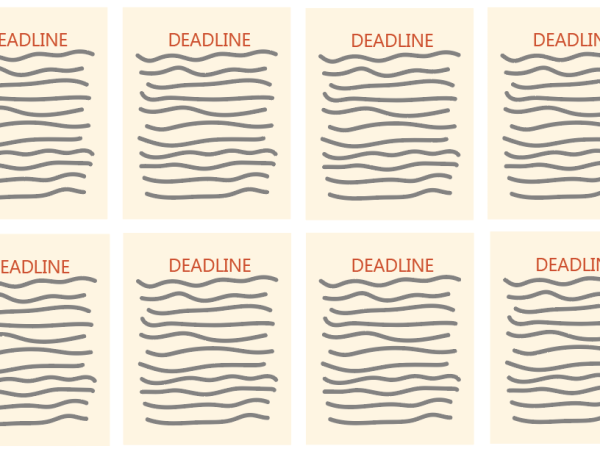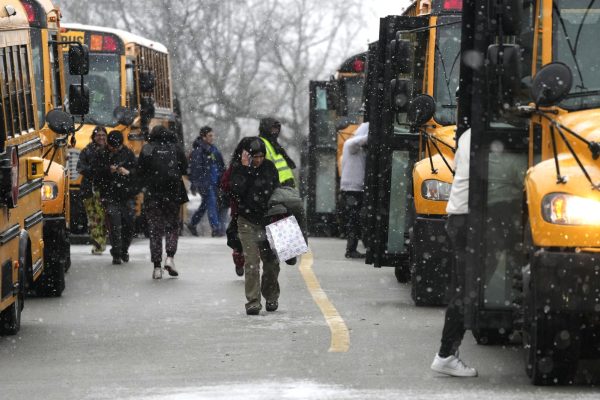District 7 Should Learn from its Remote Learning Mistakes
January 14, 2022
It is January 13 and we have made it through our second week of school after returning from winter break.
But we have yet to step foot in a classroom since December.
And we will not be doing so until, at the earliest, Jan. 24.
According to an email from District 7, this “adaptive pause” is due to a surge in COVID cases causing extreme understaffing.
District 7’s most recent email states that 112 staff members are currently affected by COVID, whether they tested positive or someone within their care tested positive.
Although this adaptive pause was due primarily to understaffing initially, student COVID cases seem to be increasing. This may lead to a longer remote-learning period.
Primary schools, which are the only District 7 schools still learning fully in-person, are experiencing a student absence rate of 25-30%.
According to the New York Times, new COVID cases spiked to over 1.4 million on Jan. 10. This data has been on a steady incline since Dec. 2021.
These statistics are bleak, to say the least.
After considering the problems District 7 has had with understaffing combined with the rise in COVID-positive individuals, I suspect that we will be learning remotely for several more weeks, if not longer.
Remote learning is not ideal for students.
It is harder to concentrate and motivation levels are low for many students. Teachers are also limited in what activities they are able to do without students being in the classroom.
However, this less-than-ideal adaptive pause can be made better if the district learns from past mistakes.
Firstly, I caution against the district sending us back to in-person school prematurely.
Is remote learning less effective than in-person learning? Most likely.
Would students learn better if they are continuously switching between remote and in-person learning methods? Absolutely not.
We experienced this when we returned from winter break in 2021. We were remote, hybrid and in-person, all in the span of about two months.
The constant switching between schooling methods left students feeling stressed and confused. It was hard enough to keep track of assignments and deadlines when we were fully remote, but not knowing if you would be in school from one week to the next made life even harder.
By postponing our return to in-person learning, the district will lessen the risk of needing to change the schooling methods multiple times, back-to-back.
Another adjustment the district should make after reflecting upon past learning methods is the eradication of hybrid learning.
Although this learning style was the best option at the time, it is not an ideal way to learn.
In the hybrid schedule, students with last names A through L went to school on Mondays and Wednesdays while students with last names M through Z went to school on Tuesdays and Thursdays.
When students were not on campus, they learned virtually through zooms, pre-recorded videos or assignments.
This method of learning was not ideal for students. There was often confusion regarding what had been done in class and what assignments you were supposed to do at home.
Tests and quizzes were made unfair when one group had access to textbooks, notes and the internet while the other was under the watchful eye of their teacher
The final lesson I hope the district learned from remote learning in past years is to limit the amount they shorten the schedule by.
In the 2020-21 school year, high school classes were changed from being 54 minutes long to being 40 minutes long. Lunch was also removed from the schedule.
This was done in hopes to limit student exposures at school, especially in the cafeteria where students were congregating without masks.
The 40-minute class periods were too short. AP and honors classes had an especially difficult time fitting in all necessary material with this schedule.
In our current remote-learning schedule, we still have 54-minute classes. But these class periods are too long.
Learning at home is much different from learning in a classroom. 54-minute class periods are difficult to participate in from home because it is harder to become engaged in the lesson and easier to become distracted.
With each of these points considered, I recommend that classes are made to be 45 minutes long when we are learning remotely. I also think a five-minute passing period would be sufficient rather than the current passing period of six minutes.
This schedule would shorten classes enough so students are more likely to be engaged without compromising teachers’ lesson plans as much as the old 40-minute-class schedule did.
Students and teachers at the high school level would get out of school at 12:40 rather than 1:50.
Ideally, this change in schedule will benefit students and teachers alike as we navigate remote learning once again.
It is important that the district considers these lessons learned from past remote learning experiences in order to support teachers and set students up for success.
The 40-minute class periods, hybrid schedule and constant switching between learning methods was what was necessary at the time, but we can do better now.


